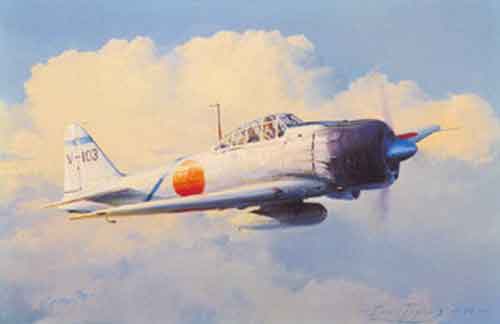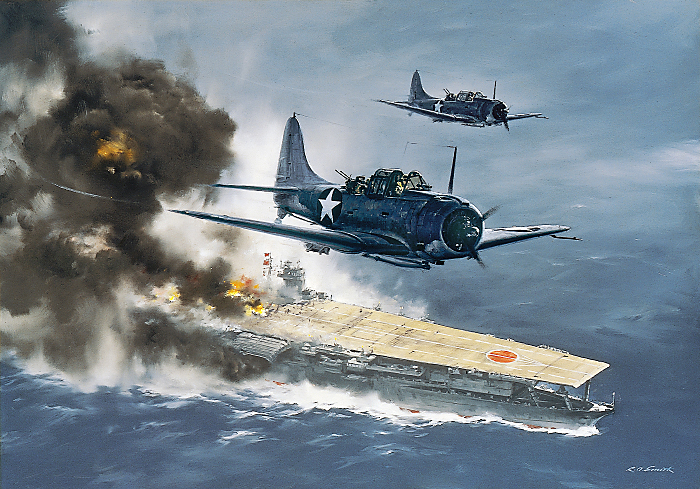Some More Observations on the Sukhoi PAK-FA
 ПерÑпективный Ðвиационный ÐšÐ¾Ð¼Ð¿Ð»ÐµÐºÑ Ð¤Ñ€Ð¾Ð½Ñ‚Ð¾Ð²Ð¾Ð¹ Ðвиации, Perspektivnyi Aviatsionnyi Kompleks Frontovoi Aviatsy, literally “Future Front-line Aircraft System”
ПерÑпективный Ðвиационный ÐšÐ¾Ð¼Ð¿Ð»ÐµÐºÑ Ð¤Ñ€Ð¾Ð½Ñ‚Ð¾Ð²Ð¾Ð¹ Ðвиации, Perspektivnyi Aviatsionnyi Kompleks Frontovoi Aviatsy, literally “Future Front-line Aircraft System”
As more video and still footage becomes available, some thoughts are emerging. First observation is that clearly this is just a flying prototype that focuses on the airframe and not much else for a 5th gen fighter:
Alexander Golts, an independent military analyst, said the T-50 is running on old engines, and the only major technological breakthrough was designing the airframe making the jet more difficult for radars to spot, in keeping with its U.S. counterpart.
Ergo, probably a cockpit not much removed from an Su-35, no 5th gen weapons system, e.g., AESA radar (yet), etc. Some other items stand out – like the notable presence of non-stealthy fasteners. Given that the PAK-FA is minus it’s war coat, that shouldn’t surprise. Note in the picture below the comparison of the prototype PAK-FA on the left and the notable presence of fasteners on the YF-23 prototype:
So, I wouldn’t go jumping to any conclusions just yet based on that observation.
Still, the basic airframe will define certain things that carry over to the production bird. Things like weapons storage:
Reportedly, one of the determining factors in the YF-22 over the YF-23 was its ability to hold up to 6 AIM-120 missiles internally. If the YF-23 had gone into production, the forward fuselage was to have been slightly enlarged to provide for a rotary launcher, a much more complex system than the simpler trapeze arrangement on the F-22. Given the size of the PAK-FA’s fuselage and apparent configuration of two weapons bays (two doors each) nestled in the tunnel between the engines, combined with the size of the AA-12 Adder, it would appear the initial carriage would be up to two AA-12/bay. Note also that the AIM-9X is carried in outboard internal bays on the F-22, again something the YF-23 appeared to lack.
Aerodynamic surfaces are interesting to compare — beginning with the tail-feathers of the PAK-FA. While the YF-22/F-22 used a conventional vertical stab/rudder arrangement, the YF-23 combined the vertical and horizontal stabs into an all flying combo, presumably to attain greater maneuverability without having to resort to thrust vectoring. Of course the YF-22/F-22A uses thrust vectoring and while it reportedly gave the YF-23 a leg up in subsonic maneuvering, the YF-22 was reportedly better in supersonic and high-alpha conditions. The PAK-FA appears to have chosen a middle ground, retaining horizontal stabilizers and having a moving vertical stab (not unlike the SR-71):
The wing appears to be close to the F-22A’s modified diamond form (don’t be misled y the lighter colored leading edge in the video capture to think it is a cranked arrow). Certain aspects of the tail area also appear to derive from the Su-35 as well, which may lead us to draw conclusions about the degree of stealth currently obtained in that area and a probable target for more work as the project evolves.
Speaking of evolving, recall the F-22’s own evolution from the YF-22:
In reality, the PAK-FA is probably more closer in nature to the YF-22 or X-35 than it is representative of a true 5th generation fighter. As the US has found out in bringing the F-22 and the F-35 into operational form, that is a very difficult birthing process and given the very difficult time the Russians are having with net-centric-type weapons systems (one of the defining characteristics of 5th gen fighters — the net-centric weapons systems, not the difficulty in fielding them), it is very optimistic to suggest that a full-up 5th gen fighter will see IOC in 2015 as some suggest. Even with substantial involvement from India.
Welcome to the New World…







So what would a realistic estimate be – 2020? The excerpt I read said the engine would take 5-7 years to develop, and 8 for full production. Plus these are probably the most optimistic projections designed to keep Putin happy.
I have to admit I’m skeptical that Russia has the defense industry talent to pull it off. Part of me thinks we’ll see a real world 5th gen Chinese fighter before Russia’s PAK FA enters production.
I’d say probably around 2017 for a full-up model to begin fligh test and 2020 fo IOC would be in the believable range.
– SJS
In my blog, I conclude that the aircraft is not a true prototype, but more likely a demonstrator (http://40yrs.blogspot.com/2010/01/good-plan-view-of-pak-fa.html), like the British EAP canard-delta demonstrator in the 1980s.
Forgot to add. The EAP flew in 1987, and the Typhoon entered service in 2001….A 16 year lag.
Think the level of Indian enthusiasm (read $$) will dictate when and if a 5th gen aircraft gets to IOC. A LOT can happen in 8-10 years.
I wonder if the aft weapons bay has weapons oriented to fire to the rear, a six shooter. Why don’t designers plan for this?
The official IOC date is 2013, so I don’t think that Sukhoi will have problems getting it into the skies by 2015. A lot seems to be done already, all it still needs is the AL-41F engines, a weapons bay and a fresh layer of paint.
Overall, looks like a great plane. I wonder if they will get the AL-41F to be 3D TVC and still retain a low rear RCS.
Slava Rossiya! Slava pobeda!
Russia should try best to make pak-50 more competative by putting latest and future technology , I think india can contribute on amount of money more than it is investing now .